Should You Adjust Your Water Heater Temperature?
When most people think of their hot water heater, they often associate it with comfortable temperatures in the shower. That's because, when it goes out, taking a bath or even washing your dishes becomes a pain. In fact, most people don't think about adjusting their water heater temperature at all.
Importantly, lowering your water temperature can save energy and lower your energy bills. How? Water heater temp has a significant impact on overall energy usage. According to the U.S Department of Energy, your water heater is responsible for about 20% of total energy use in your home, costing between $415 and $460 annually. Keeping a normal water heater temperature at 120ºF, however, can save home dwellers almost $50 per year.
It's important to think of new ways to conserve energy — especially as costs continue to rise. For many Americans, their hot water heater is an untapped opportunity. Below is more information about your hot water heater's temperature and how to adjust temperature to save on energy costs.
How Hot Should Your Water Heater Be?
Most people rarely think about water heater temperature, but it matters in terms of energy conservation and safety. What is the best temperature for a hot water heater? Many water heater manufacturers set the default temperature to 140ºF. However, turning down your heater to 120ºF can reduce standby losses from your water heater and other appliances that rely on it, including your dishwasher and washing machine. Combined, reducing these losses can save more than $400 per year.
Additionally, keeping your water heater at 140ºF poses important safety risks. At this temperature, home dwellers risk scalding temperatures in the bath or shower. To help avoid scalding water, you can install mixing valves that help regulate the temperature. Also, while some appliances, such as dishwashers, usually require a water temperature of 130ºF due to the possibility of legionellae bacteria, the risk of severe illness is low at 120ºF. If you are immunocompromised or have chronic respiratory disease, however, consider keeping your water temperature at 140ºF.
Now you're probably wondering, "Will a temperature of 120ºF be hot enough for my home?" In general, the answer is yes. According to the Department of Energy and the EPA, this temperature gets rid of most bacteria. Plus, a temperature of 120ºF slows mineral buildup and corrosion in your water heater and pipes. While there's no one temperature that fits all households, 120ºF is pretty close.
How to Adjust Water Heater Temp
If you're considering lowering your water heater temp, it will be helpful to know how to adjust your water heater's temperature. This process may look a bit different from heater to heater, but adjusting most heaters should feel relatively the same. Here's how to change your water heater's temperature:
1. Testing the water temperature
First, it's important to test the water temperature. Run the water in your bathtub or sink and let it run until it's reached maximum heat. Once the water temperature has reached that point, hold a thermometer in or under the water to get an accurate reading.
2. Adjusting a tankless heater
Adjusting a tankless water heater should feel similar to how you adjust your thermostat. All you have to do is use the digital control panel to turn the temperature up or down as needed. The temperature should start to change immediately.
3. Adjusting a gas or electric heater
Some gas heaters have a dial at the bottom of the unit that you can simply turn right or left to adjust the temperature. With newer gas and electric heaters, all you have to do is turn off the power to the heater at the circuit breaker, find the access panel for the thermostat and peel back the insulation. Using a flat-head screwdriver, you can then adjust the temperature. Once you're finished, replace the insulation, reinstall the access panel and restore power. You might need to relight the pilot light if your water heater is powered by gas.
Lowering your water heater temperature may seem like a small step, but it could make a difference — both in safety and energy saving. If you have questions about water heater temperature and what it means for your home and your family, contact the team at Gainesville Mechanical today. We're ready to help!
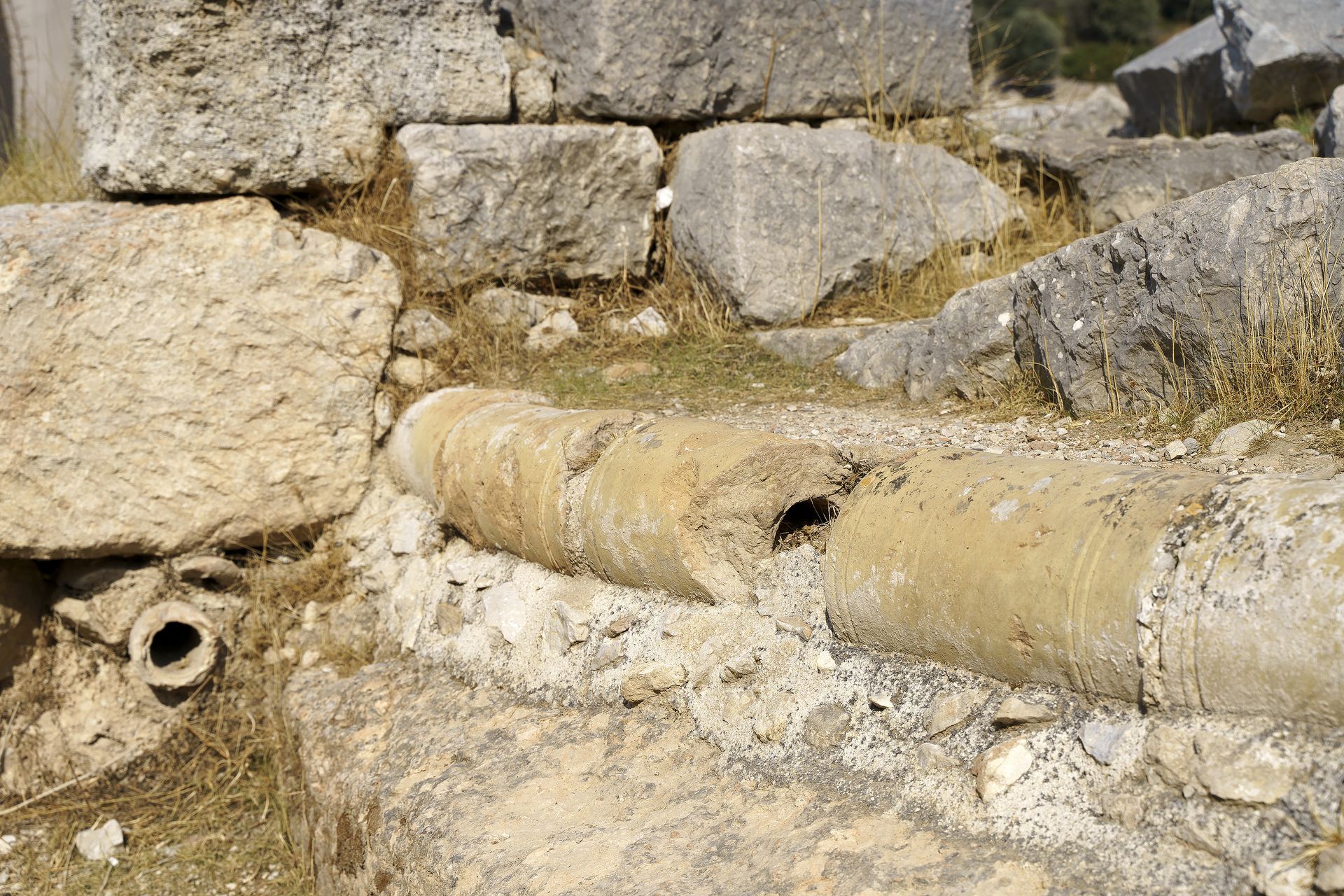


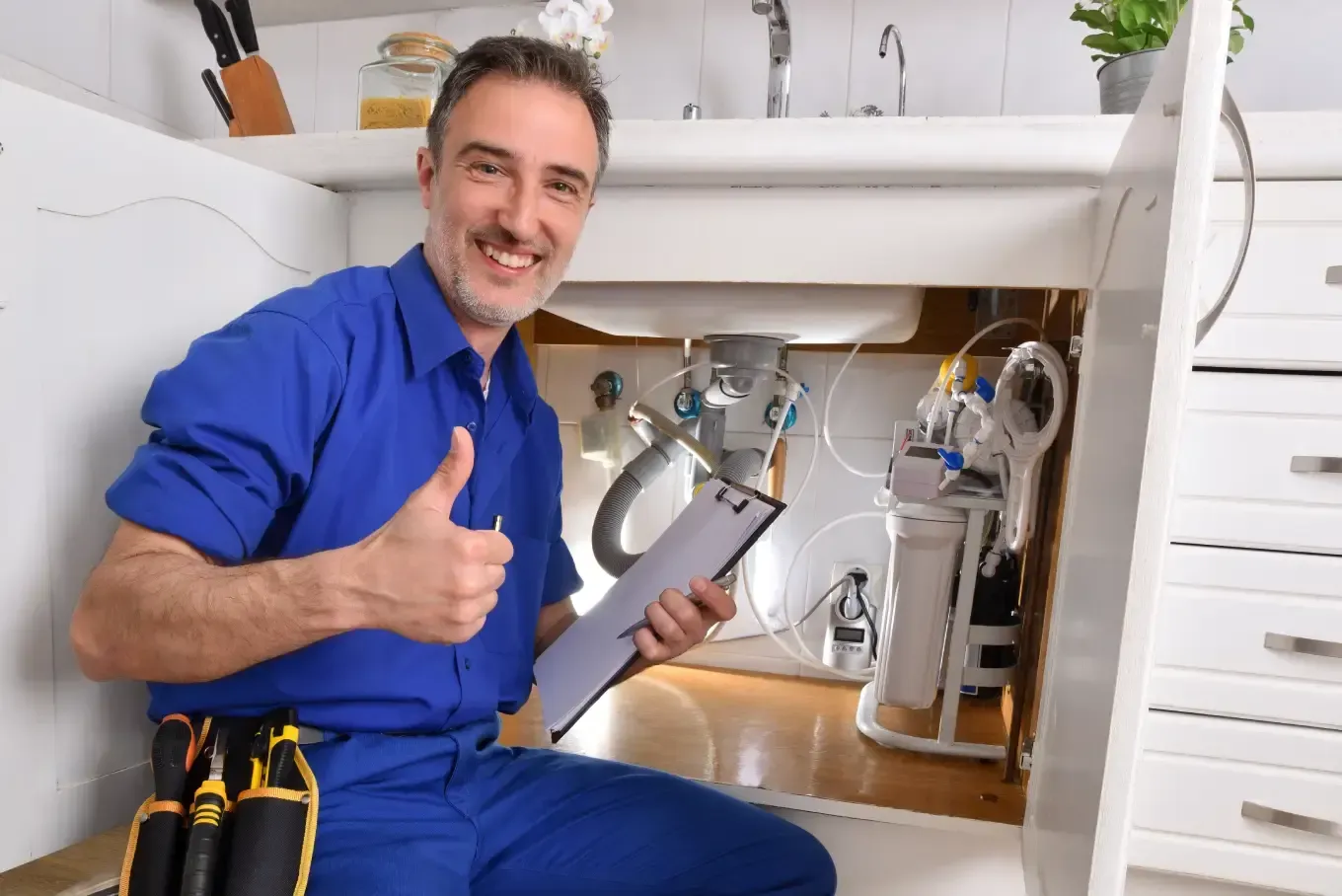
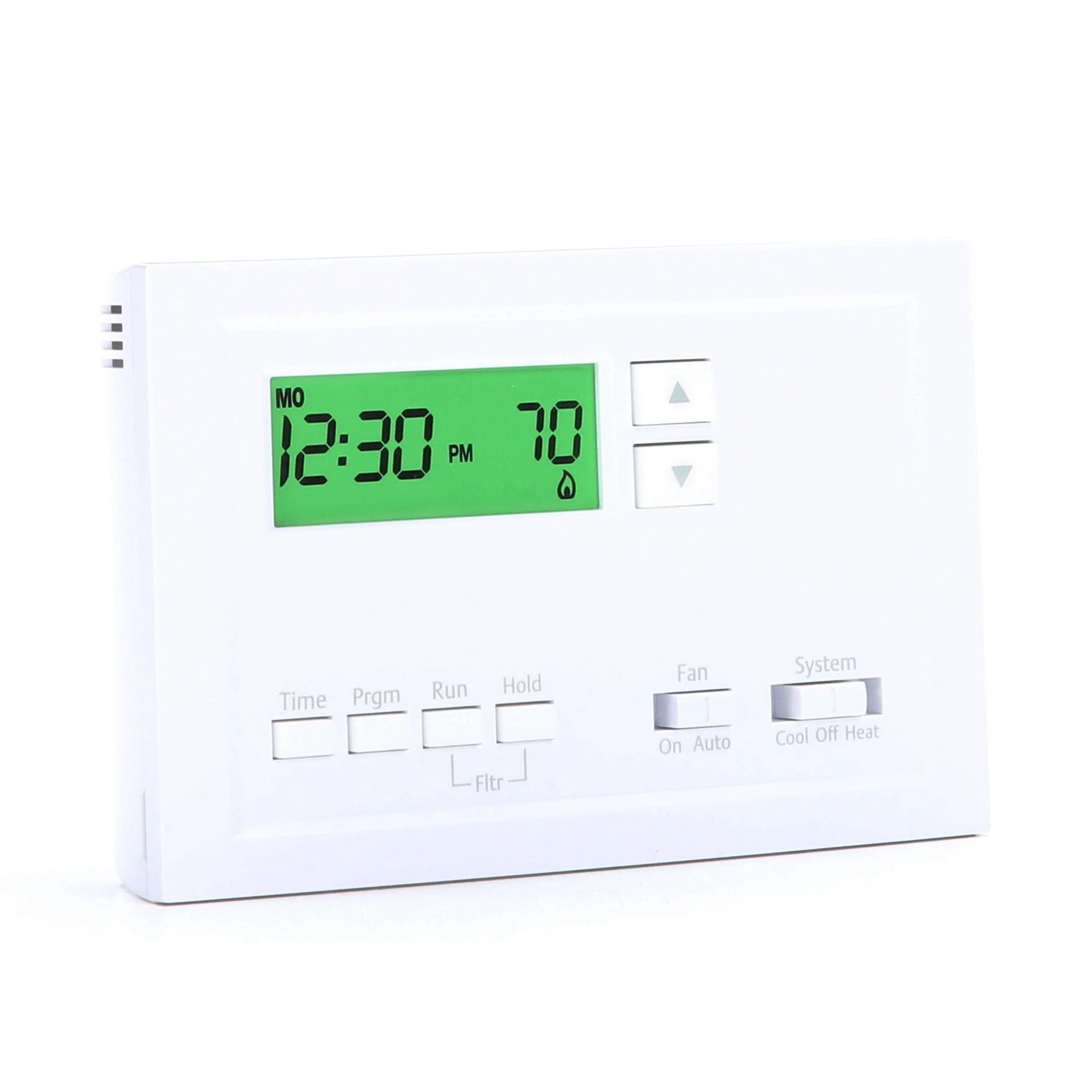
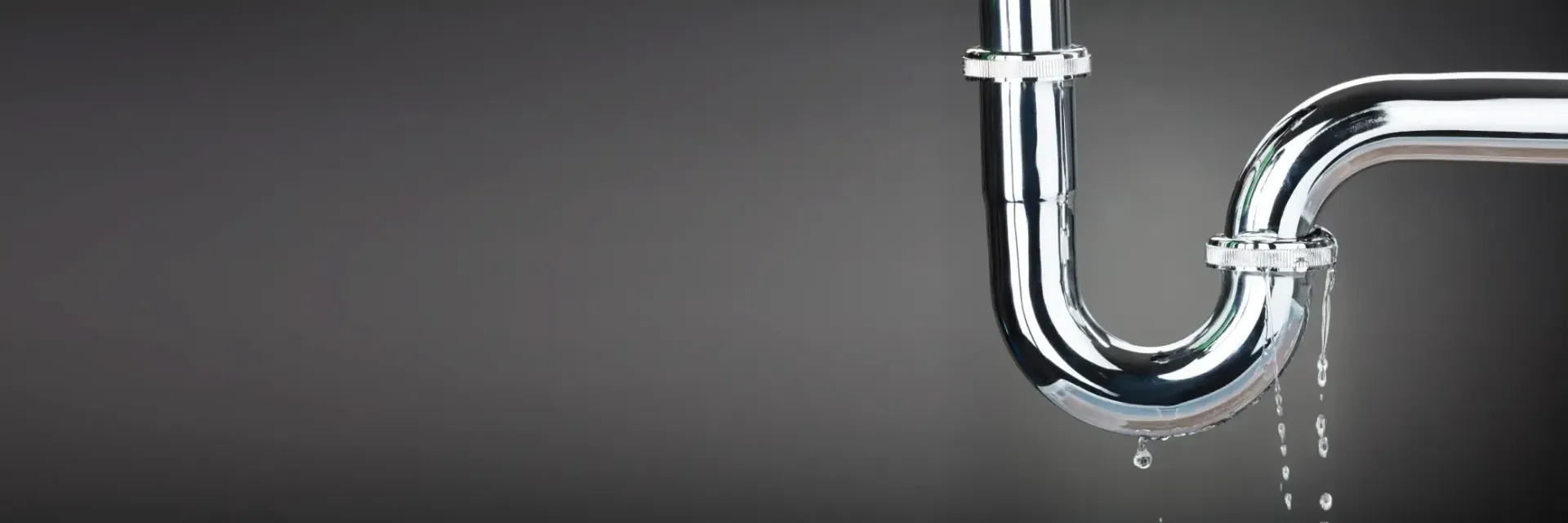
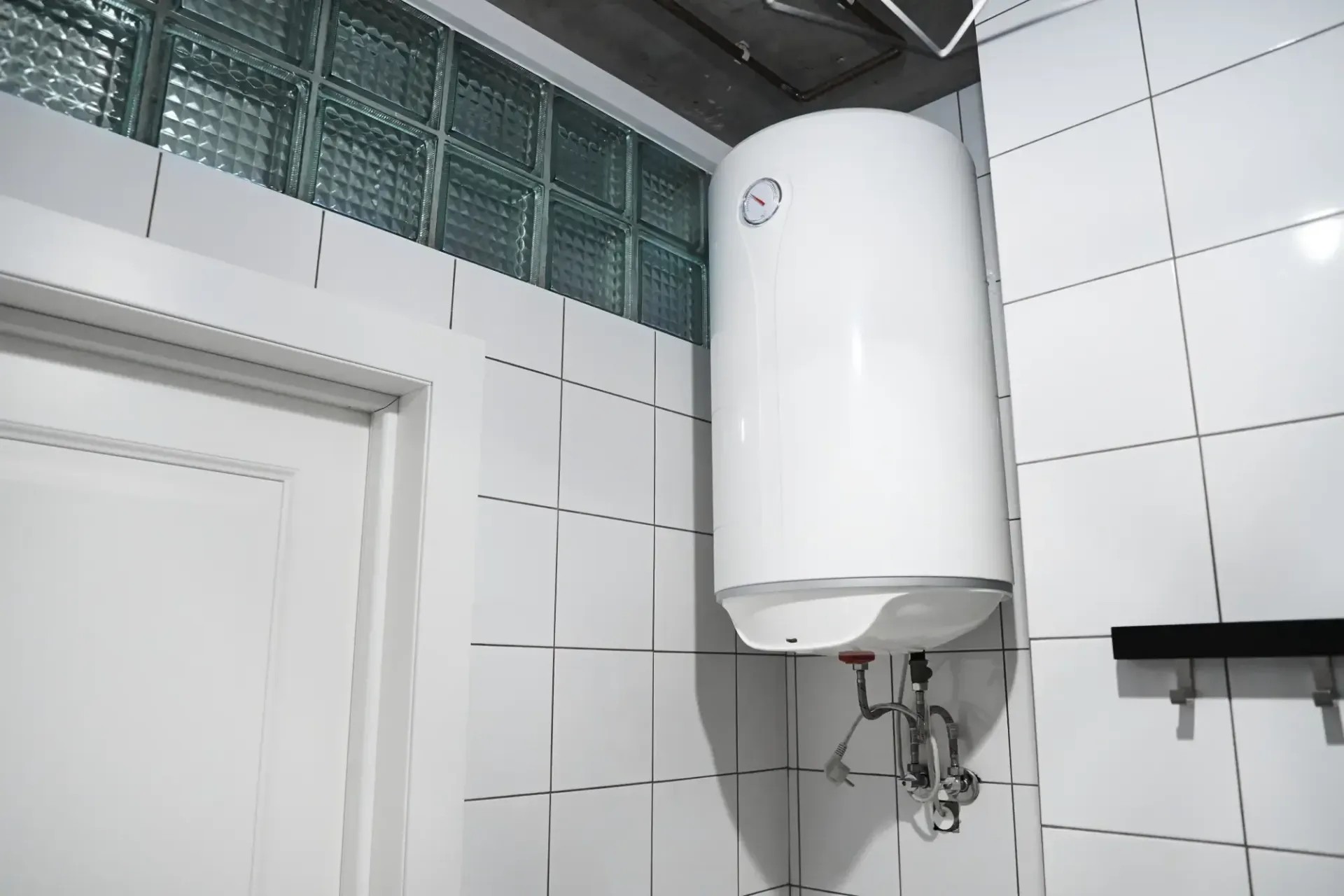
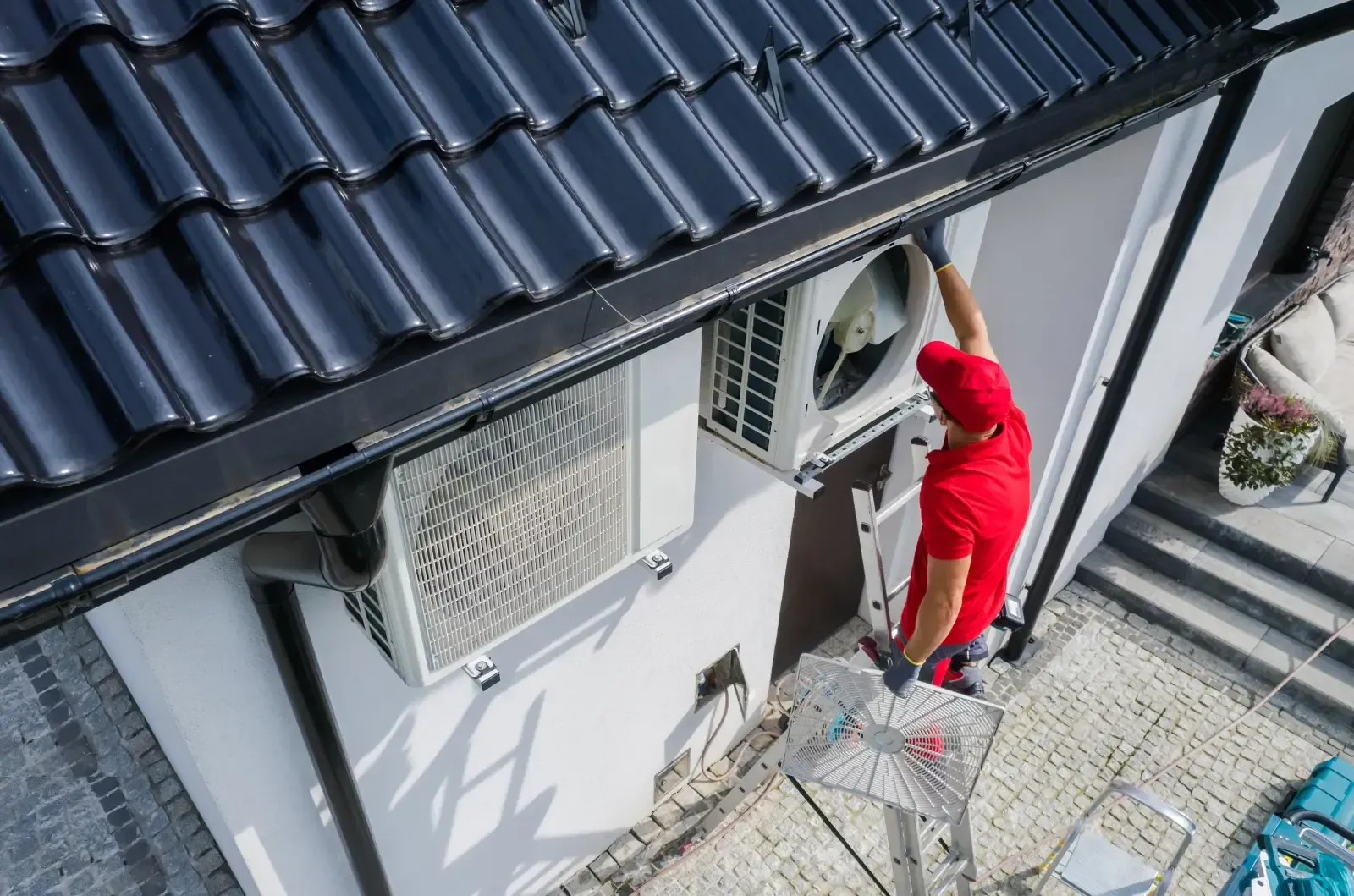
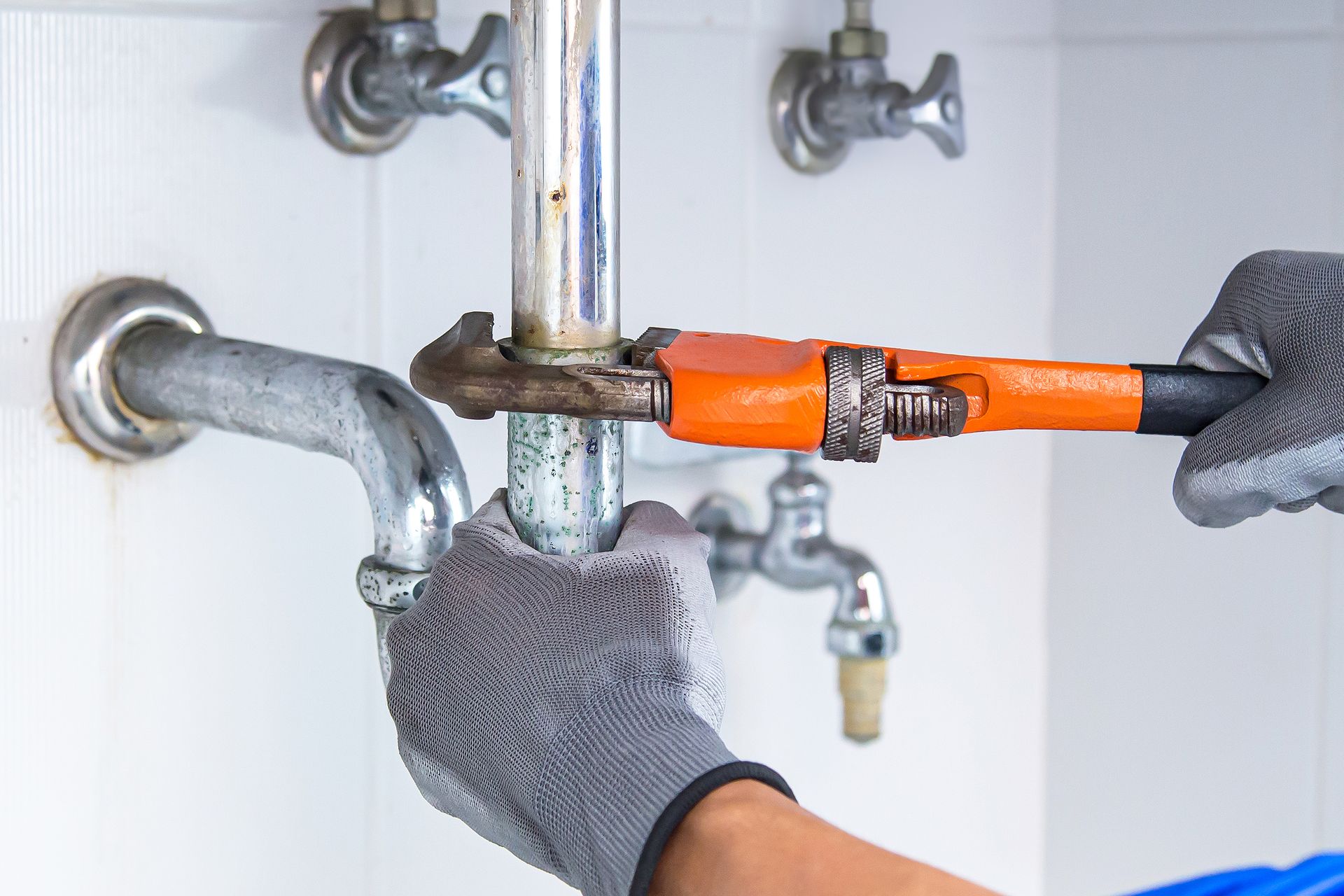
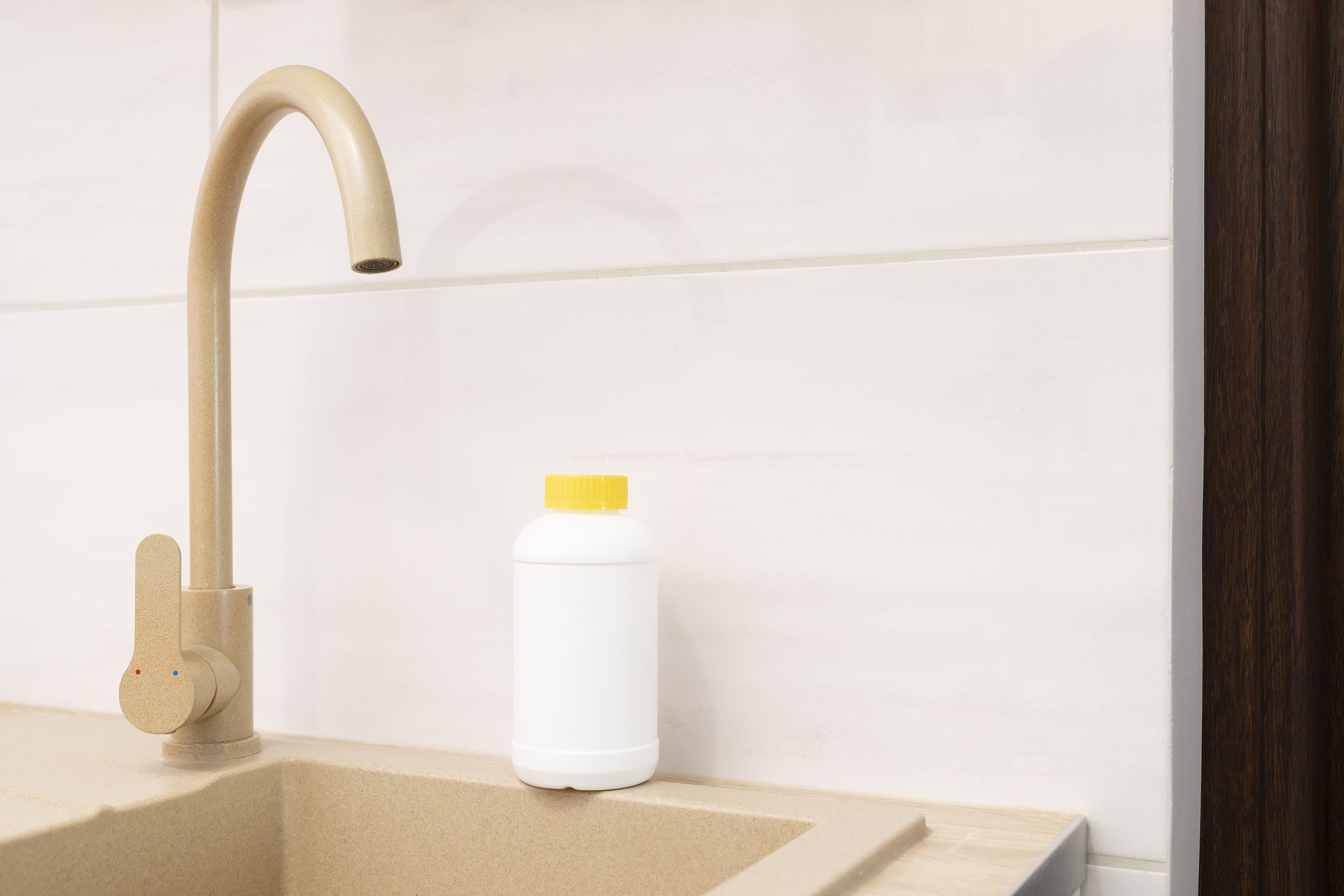
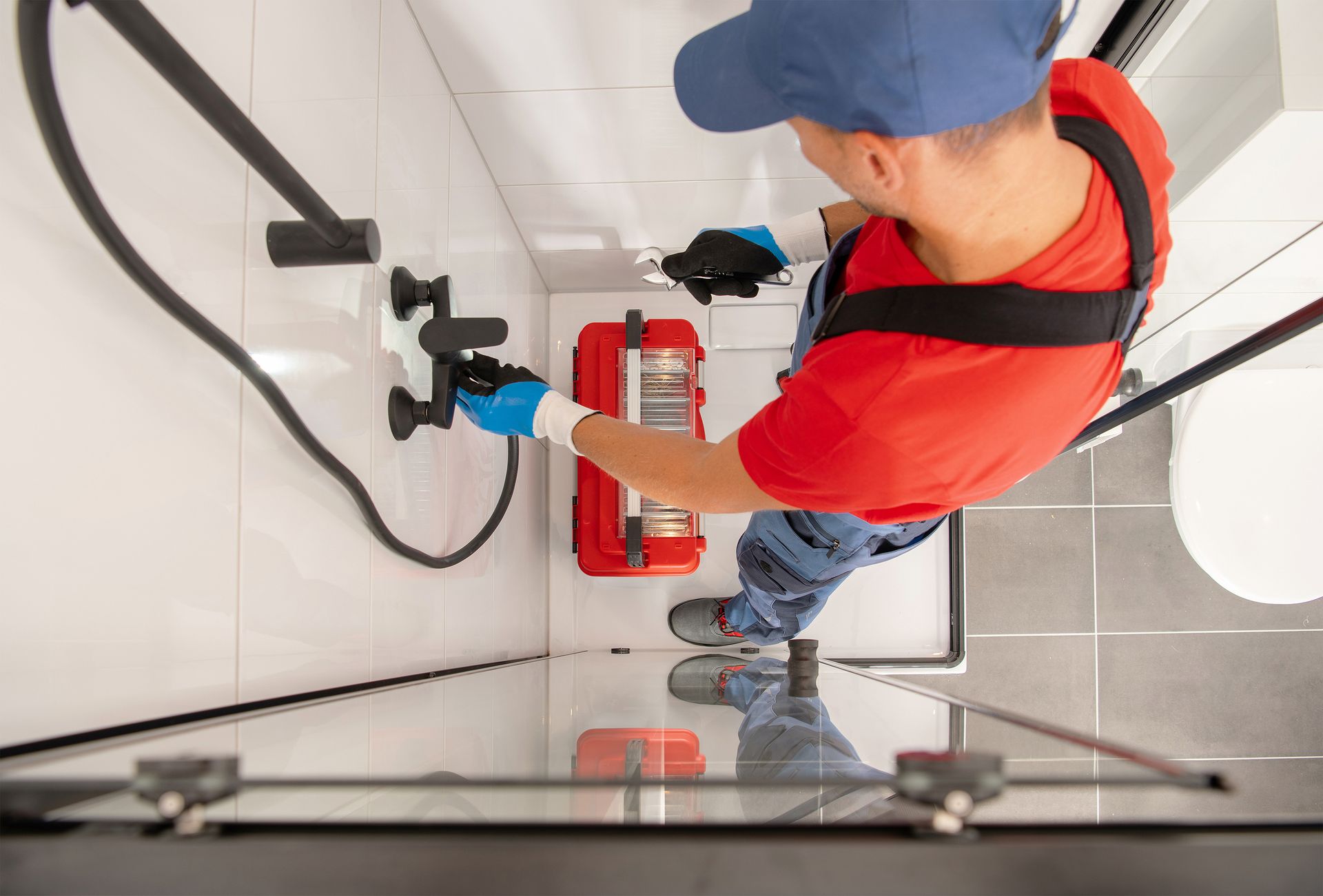
Share On: